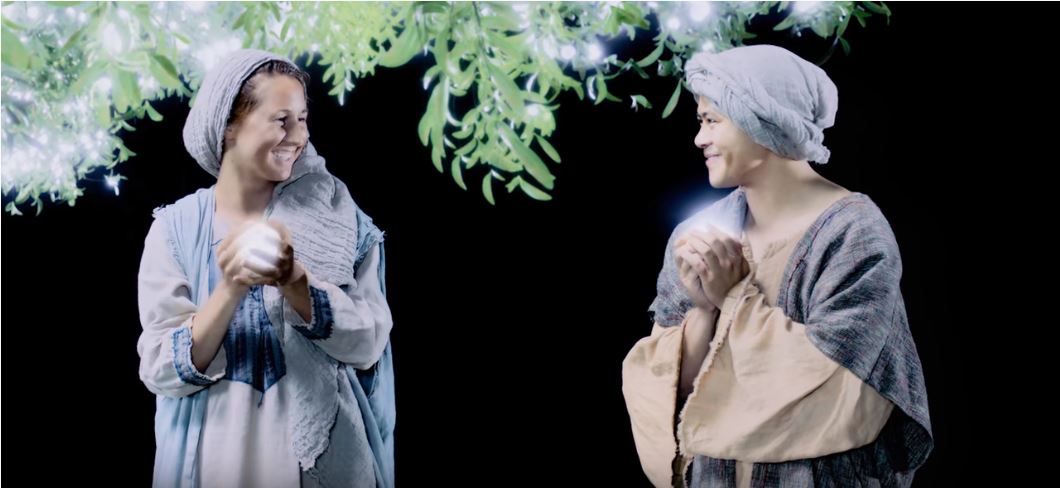Here are some questions intended to stimulate your thinking about the message of 1 Nephi 6-10 during the week of January 15-21. Possible answers are found at the end, but you’ll have more fun and learn more if you come up with your own answers first. They may well be better than mine!
In addition to reading the indicated chapters from 1 Nephi this week, you may enjoy:
- Reading the corresponding material from the Book of Mormon Institute Student Manual at Chapter 3: 1 Nephi 6–11 (churchofjesuschrist.org)
- Looking at the additional resources available at Book of Mormon Central at Come Follow Me 2024: 1 Nephi 6–10 | Book of Mormon Central
- Watching the following videos:
If you would like a Kahoot game related to this material which you could use for personal study or use with your family or your class, click here: https://create.kahoot.it/share/1-nephi-8-10/f88a58cb-a1e8-4d8c-85c2-9a0ed94d42eb. (To use it with a group, after clicking on this link, you will need to log into Kahoot, creating a free account if you have not done so previously, then click on the blue “Start” button.)
Points to Ponder in 1 Nephi 6-10
1. Why do you suppose the Lord didn’t have Lehi’s sons get Ishmael’s family at the same time they got the brass plates rather than have to make another trip back to get them?

2. Why was Lehi so eager for Ishmael’s family to go into the wilderness with them, besides the fact that Ishmael had five marriageable daughters? Where can we find the answer? Why isn’t the answer in our current Book of Mormon?
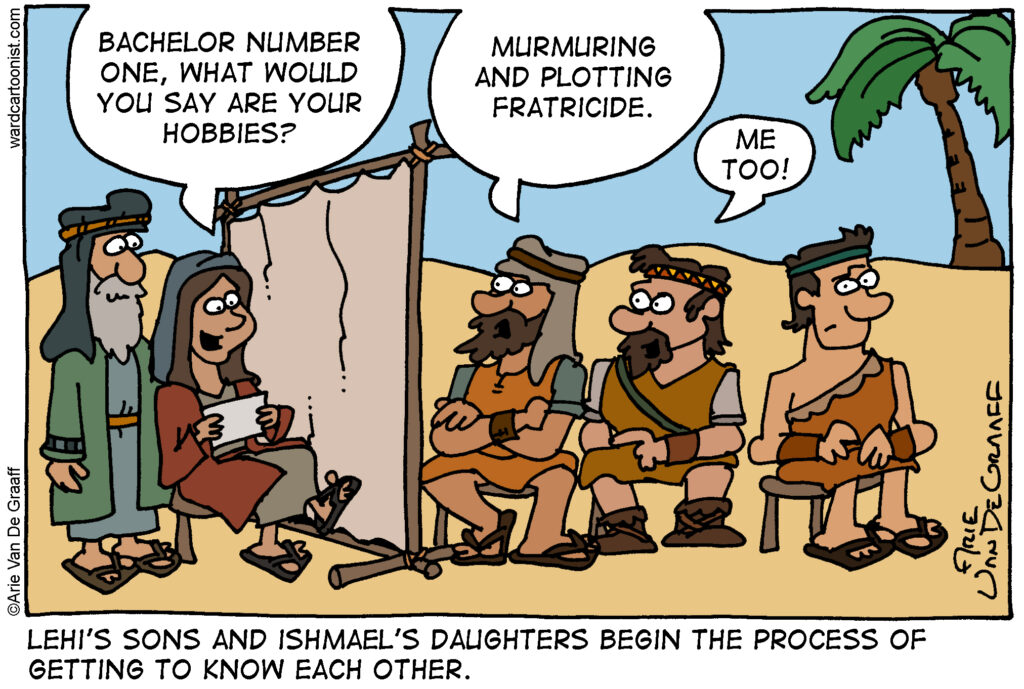
3. Which of the following paintings of Lehi’s dream of the tree of life in 1 Nephi 8 do you think Lehi would like best? Why?
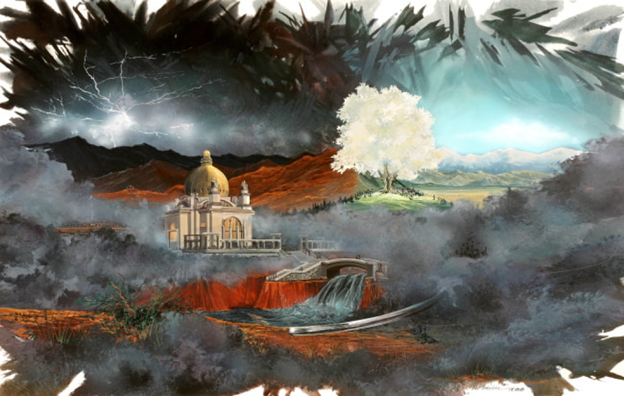



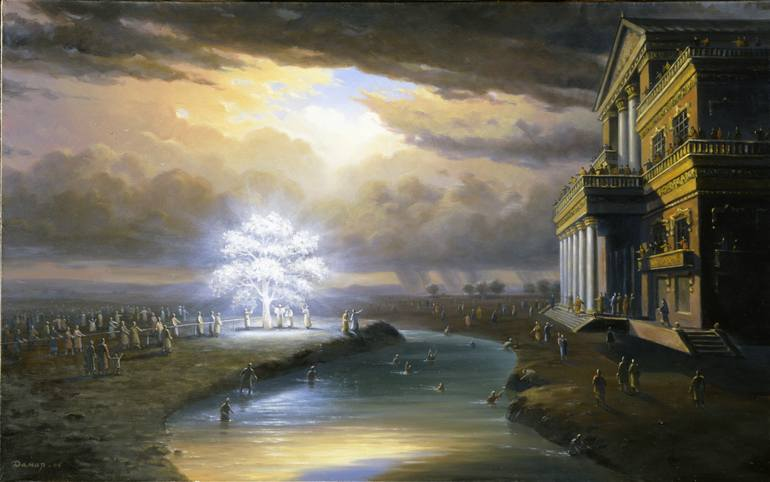
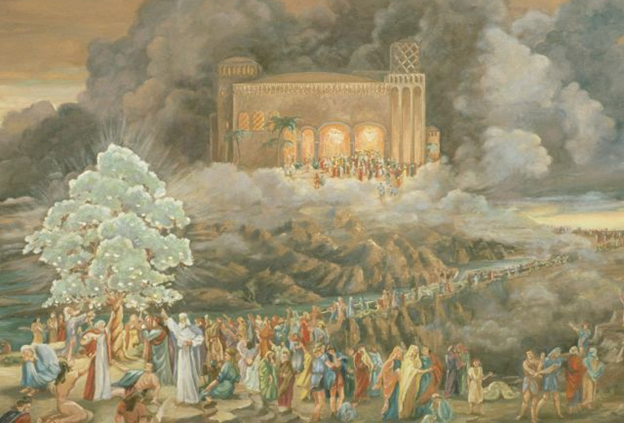
4. Which of the following is nearest to the meaning of the tree and fruit in Lehi’s dream? Why couldn’t it be any of the other options?
a. the scriptures
b. baptism
c. gifts of the Spirit
d. resurrection
e. eternal life
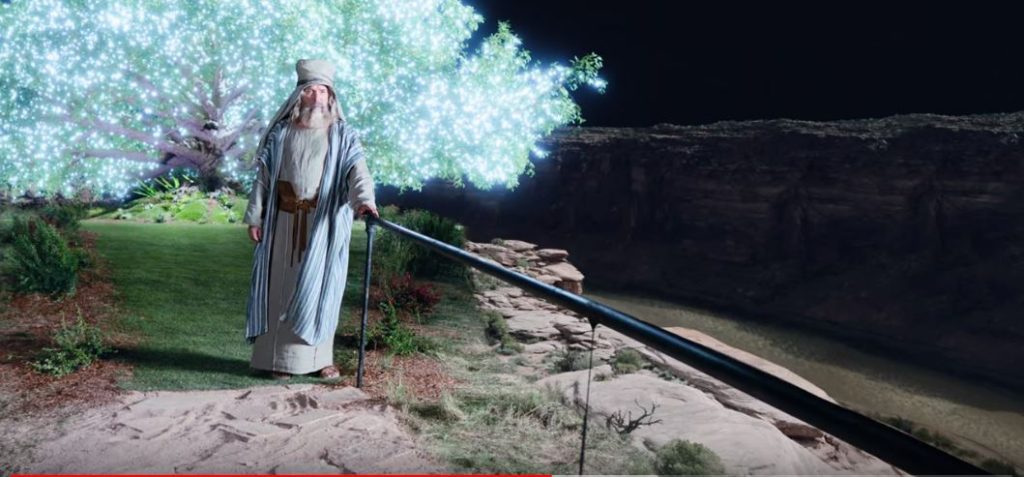
5. Which of the following is nearest to the meaning of the rod of iron in Lehi’s dream? The footnotes in your scriptures can help here.
a. God’s punishment on the wicked
b. the kingdom of God
c. the scriptures, teachings of the prophets, and personal inspiration
d. covenants and ordinances
e. gifts of the Spirit
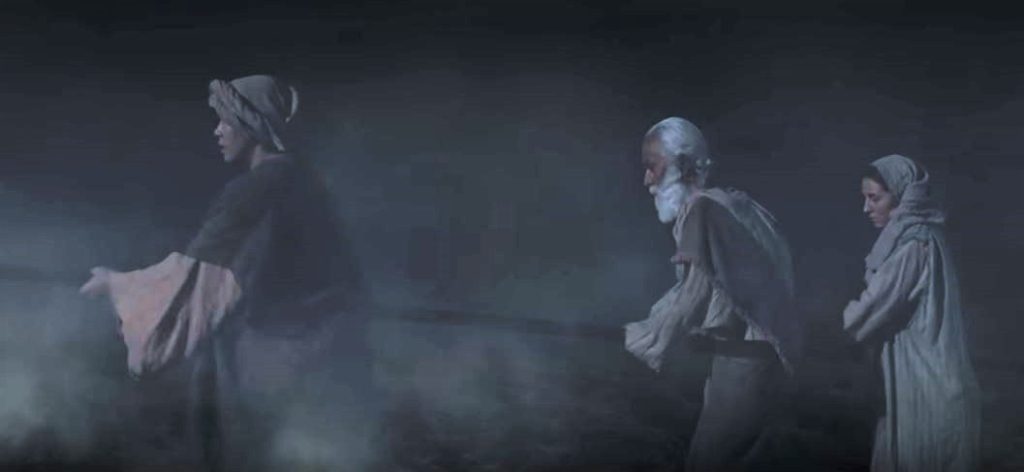
6. The river of water in Lehi’s dream symbolized which of the following? (Your footnotes can help here.)
a. the “living waters” of the gospel, which satisfy spiritual thirst
b. temptation
c. the cleansing power of baptism
d. the Spirit of God
e. the depths of hell
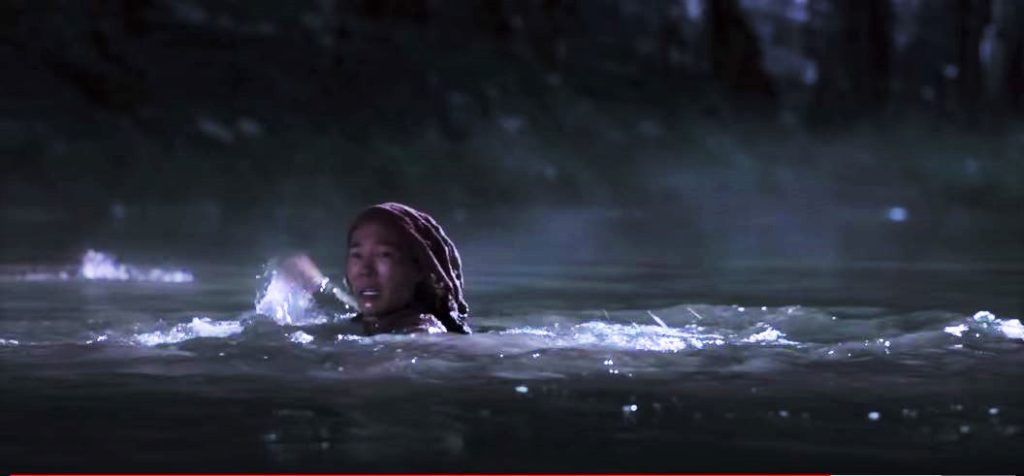
7. The mists of darkness in Lehi’s dream symbolized which of the following? (Your footnotes can help once again.)
a. temptation
b. spirit prison
c. the outer darkness which is the final state of the wicked
d. the gloom which comes into the soul of one who rejects the gospel
e. the darkness which would accompany the crucifixion of the Savior
8. What did the great and spacious building of Lehi’s dream symbolize? (Check your footnotes for help here.)
a. the abode of God
b. the temple of the latter-day Zion
c. the pride and wisdom of the world
d. the headquarters of the anti-Christ
e. hell
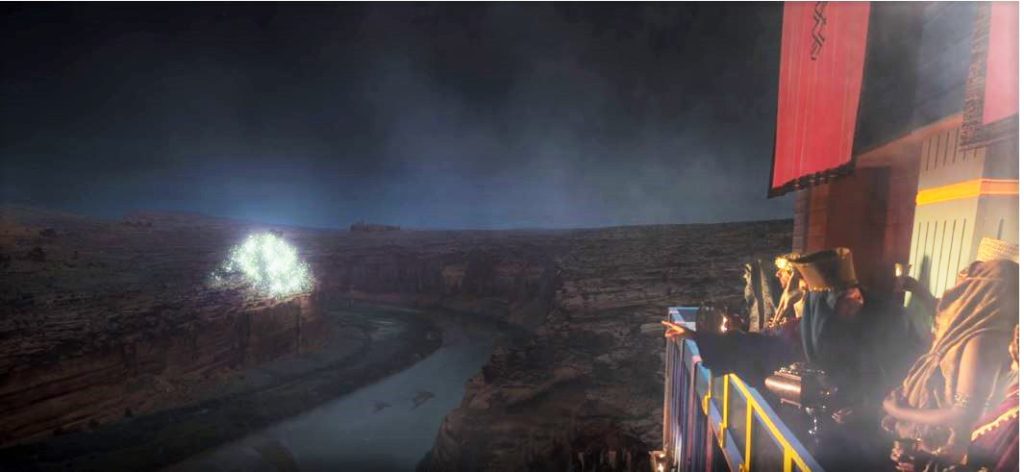
9. What do you think is the significance of the fact that the path in Lehi’s dream was not “straight and narrow” but “strait and narrow”?
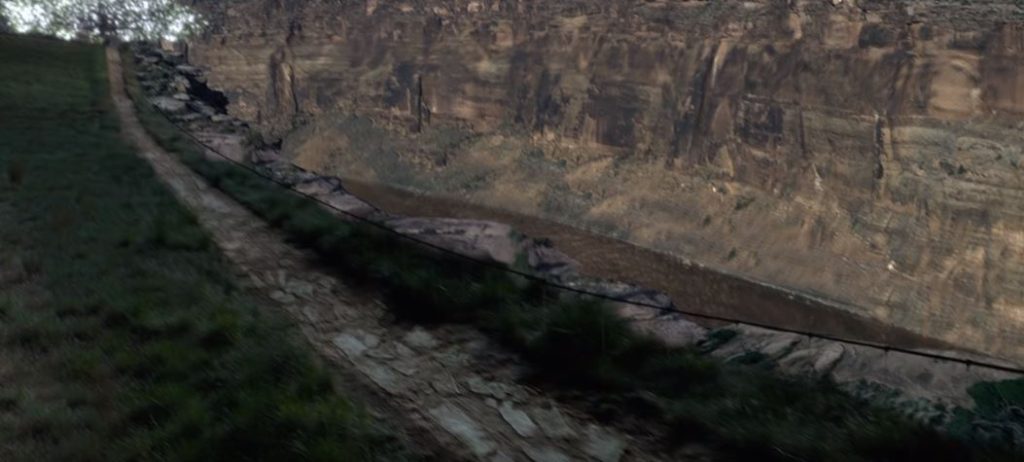
10. Can you describe each of the four groups of people Lehi saw in his vision of the tree of life in terms of how they would react to a pair of Mormon missionaries at their door? In which of the four groups could you personally end up? In which could you not? Why?
11. Watch the video at https://www.youtube.com/watch?v=IBRiC1slfTw. Now that we understand the story in Lehi’s vision and know what the various symbols mean, what do you see as the three or four most important lessons Lehi would want us to get from his dream?
12. What do we know now that Nephi didn’t know in 1 Nephi 9:5 about why the Lord may have commanded him to make two sets of plates?
13. What benefit could you see to our following Nephi’s example of keeping the equivalent of both a set of “large plates” and a set of “small plates” with our own personal or family history?
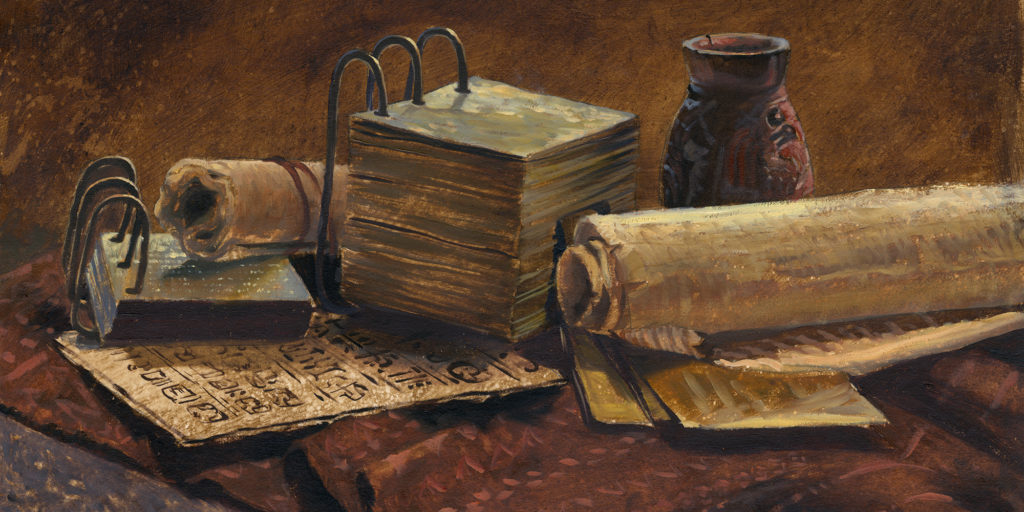
14. What implications does 10:22 have for the nature of revelation? Did the Spirit prompt Nephi to formulate the preceding message or merely permit him to do so? Is the difference important? Does it always occur this way?
Possible Answers to Points to Ponder in 1 Nephi 6-10
1. Why do you suppose the Lord didn’t have Lehi’s sons get Ishmael’s family at the same time they got the brass plates rather than have to make another trip back to get them?
Probably to highlight the importance of marriage, just as a previous trip may have been designed to highlight the importance of the scriptures.
2. Why was Lehi so eager for Ishmael’s family, specifically, to go into the wilderness with them, besides the fact that Ishmael had five marriageable daughters? Where can we find the answer? Why isn’t the answer in our current Book of Mormon?
Erastus Snow reported that Joseph Smith said that the Book of Lehi, which was on the 116 manuscript pages lost by Martin Harris, clarified that Ishmael’s sons had previously married into Lehi’s family. So, Lehi isn’t just getting his good friend Ishmael–he’s getting his own daughters out of Jerusalem!
3. Which of the following paintings of Lehi’s dream of the tree of life in 1 Nephi 8 do you think Lehi would like best? Why?
No one can argue that whatever you think is not the proper answer to this question, as worded. My own guess is that Lehi might have preferred Greg Olsen’s version. It makes the tree of life look very striking and inviting. It clearly shows the rod of iron and the importance of clinging to it to avoid the nearby canyon and river. It shows the people in the great and spacious building as being very insistent. I think these were all points Lehi would have wanted to emphasize.
4. Which of the following is nearest to the meaning of the tree and fruit in Lehi’s dream? Why couldn’t it be any of the other options?
It has to be “c. gifts of the Spirit.” It can’t be “resurrection” or “eternal life,” as in the dream one could clearly choose to stop eating the fruit and head off to the great and spacious building. And although “the scriptures” and “baptism” can and should be wonderful, not everyone finds them so. Some find the scriptures boring and irrelevant. Some miss the symbolism and commitment that baptism represents and think it’s just a wet way of joining the Church. But anyone who has actually tasted the “gifts of the Spirit” has found them to be the sweetest and most delicious experience of mortality, though one which must be constantly repeated.
5. Which of the following is nearest to the meaning of the rod of iron in Lehi’s dream? The footnotes in your scriptures can help here.
Following the footnote in 1 Nephi 8:19 leads you to 1 Nephi 11:25, which tells us that the rod represented the “word of God,” which is another way of saying “the scriptures, teachings of the prophets, and personal inspiration.”
6. The river of water in Lehi’s dream symbolized which of the following? (Your footnotes can help here.)
The footnote in 1 Nephi 8:13 leads us to 1 Nephi 12:16, which tells us that the river represented “the depths of hell.” It also leads us to 1 Nephi 15:27, which says it also symbolized “filthiness.”
7. The mists of darkness in Lehi’s dream symbolized which of the following? (Your footnotes can help once again.)
The footnote in 1 Nephi 8:23 leads us to 1 Nephi 12:17, which tells us the mists of darkness represent “the temptations of the devil.”
8. What did the great and spacious building of Lehi’s dream symbolize? (Check your footnotes for help here.)
The footnote in 1 Nephi 8:26 leads us to 1 Nephi 11:35, which says the building represented “the world and the wisdom thereof.” It also takes us to 1 Nephi 12:18, which says it is “the vain imaginations and the pride of the children of men,” which is another way of saying the same thing.
9. What do you think is the significance of the fact that the path in Lehi’s dream was not “straight and narrow” but “strait and narrow”?
“Strait” is another way of saying “narrow. Lehi is emphasizing that the commandments of God must be strictly obeyed if one wants to get the corresponding blessings. In D&C 1:31 the Lord tell us, “I the Lord cannot look upon sin with the least degree of allowance.” Paying 5% tithing rather than 10% doesn’t bring half of the blessings. Keeping the law of chastity most of the time isn’t enough. In this computer age, most people understand that changing just one letter or one punctuation mark in a URL is enough to keep them from getting to the internet site they were looking for. Fortunately, while the Lord can’t look upon sin with allowance, He does make allowance for sinners and is happy to let them back onto the path as soon as they are ready.
However, there is not consensus in the Church as to whether or not “strait” or “straight” is really the correct rendition of the word. See the following video for further discussion:
10. Can you describe each of the four groups of people Lehi saw in his vision of the tree of life in terms of how they would react to a pair of Mormon missionaries at their door? In which of the four groups could you personally end up? In which could you not? Why?
The first group is looking for the tree but gets lost in the mists of darkness before they ever reach it. They could be those who close the door on the missionaries, or who at best listen to one or two discussions but get no further.
The second group holds onto the rod of iron, gets to the tree, initially enjoys the fruit, but becomes embarrassed and seduced by those in the great and spacious building. These could be those who listen to all the missionary lessons, get a testimony, set a baptism date, but either just before it or soon after it decide they’ve made a mistake and become less active, going back to their worldly ways.
The third group also holds onto the rod, gets to the tree, falls (kneels) down in gratitude and worship, and evidently stays faithful forever afterwards. These would be converts (including those born into to the Church) who after baptism remain faithful.
The fourth group may be the most surprising. They aren’t even looking for the tree, but instead are focused from the beginning on enjoying what the great and spacious building has to offer. These are the ones who slam the door on the missionaries (or pretend not to be home when they knock.).
Those reading and pondering these questions likely have only options two or three available. They are presumably well past anything those in groups one or four achieved. The only question now is will we continue to feast upon the fruit of the tree of life, or will we be deceived by those in the great and spacious building who make fun of us and try to tell us their way is more enjoyable?
11. Watch the video at https://www.youtube.com/watch?v=IBRiC1slfTw. Now that we understand the story in Lehi’s vision and know what the various symbols mean, what do you see as the three or four most important lessons Lehi would want us to get from his dream?
Possibilities could include:
a. The fruit of the tree of life (gifts of the Spirit) are the most desirable and joyful thing we can seek for in this life.
b. Only if we hold fast to the word of God can we be sure of safely reaching our goal.
c. The promises of the great and spacious building are fraudulent, though very enticing. Our only safety is in refusing to “heed” the mockery and seductive lure of the worldly.
d. Once we have tasted of the fruit, we will want desperately that our family and friends also partake of it.
e. Only when Lehi called out to the Lord in prayer was he able to leave the dark and dreary waste in which he initially found himself.
12. What do we know now that Nephi didn’t know in 1 Nephi 9:5 about why the Lord may have commanded him to make two sets of plates?
We now know that Martin Harris, who was assisting Joseph Smith as a scribe in the translation of the Book of Mormon, had a nagging and unbelieving wife, that Martin would pester Joseph Smith until the Prophet loaned him the 116 pages of manuscript produced to that point, and that he would break his oath not to show it to only a select few and would end up losing the manuscript. As the translation to that point was taken from Mormon’s abridgment of the large plates of Nephi and covered basically the same time period as was covered by Nephi’s record on the small plates, the Lord could instruct Joseph Smith to use the record on the small plates in place of the lost material. That turned out to be better anyway, as the record on the small plates focused on spiritual matters, whereas the account on the large plates dealt more with secular matters.
13. What benefit could you see to our following Nephi’s example of keeping the equivalent of both a set of “large plates” and a set of “small plates” with our own personal or family history?
No one is likely to want to read all our daily journals, with records of doctor’s appointments, shopping trips, replacement of water heaters, and birthday parties. But if we’ll keep a second record in which we record our spiritual experiences and feelings and omit most of the mundane details, it can be as valuable to our future posterity as Nephi’s small plates (or Mormon’s abridgement of his large plates) is to us.
14. What implications does 10:22 have for the nature of revelation? Did the Spirit prompt Nephi to formulate the preceding message or merely permit him to do so? Is the difference important? Does it always occur this way?
It appears from the language of the verse that Nephi may have taken the initiative to formulate the inspiring material he recorded in 1 Nephi 10:17-21, with the Holy Ghost confirming the propriety of his sharing what he had prepared to record. It may be important to note that :
a. Revelation is something we should actively seek and that we should take the initiative to come up with ideas that the Spirit can either ratify or reject rather than expect the Lord to take the initiative while we remain passive. Occasionally, the Lord may in fact take the initiative, but it’s rare that He will impose Himself on us if we are not seeking Him.
b. Furthermore, as we will learn in Alma 12:9-11, though many may be allowed to “know the mysteries of God,… they are laid under a strict command that they shall not impart only according to the portion of his word which he doth grant unto the children of men, according to the heed and diligence which they give unto him.” So, we need not only to seek revelation but seek inspiration as to when and where, if at all, we should share that revelation with others. No doubt Nephi sought and received divine approval (or “authority”) to record what he did at this point in his record.
